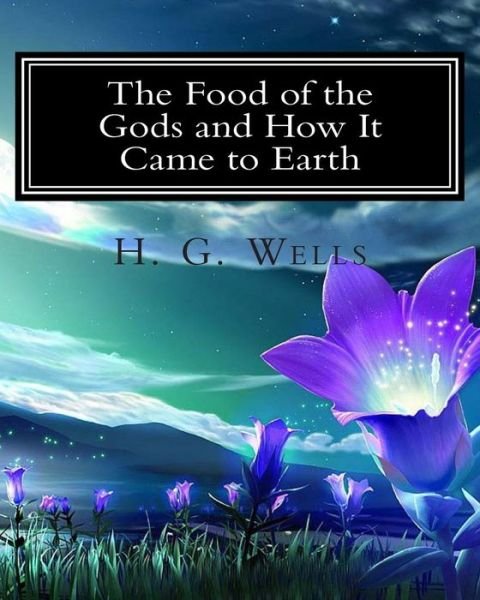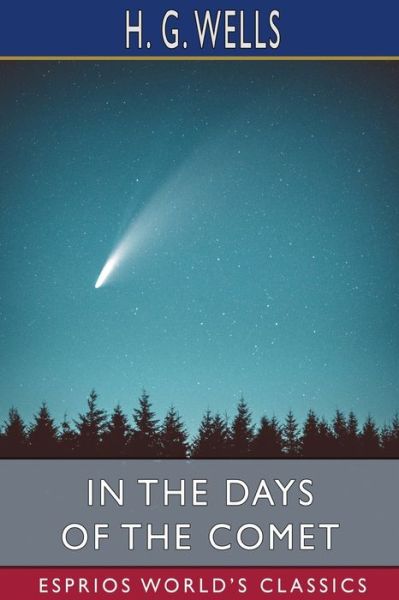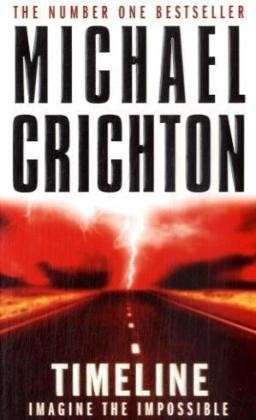
Powiedz znajomym o tym przedmiocie:
The Food of the Gods and How It Came to Earth
H G Wells
Zamówione z odległego magazynu
 Świąteczne prezenty można zwracać do 31 stycznia
Świąteczne prezenty można zwracać do 31 stycznia

Również dostępne jako:
- Paperback Book (2017) zł 62,90
- Paperback Book (2014) zł 62,90
- Paperback Book (2015) zł 73,90
- Paperback Book (2016) zł 74,90
- Paperback Book (2018) zł 76,90
- Paperback Book (2017) zł 80,90
- Paperback Book (2015) zł 80,90
- Paperback Book (2014) zł 81,90
- Paperback Book (2017) zł 81,90
- Paperback Book (2017) zł 83,90
- Paperback Book (2017) zł 88,90
- Paperback Book (2018) zł 95,90
- Paperback Book (2015) zł 104,90
- Paperback Book (2017) zł 111,90
- Hardcover Book (2020) zł 121,90
- Paperback Book (2024) zł 126,90
- Paperback Book (2010) zł 139,90
The Food of the Gods and How It Came to Earth
H G Wells
Publisher Marketing: Two scientists, Bensington and Redwood, conduct research into the growth process of living things. The result is a chemical foodstuff (which they name Herakleophorbia IV) that accelerates and extends the process past its normal cycle. Setting up an experimental farm, the pair test the substance on chicks, causing them to grow into giants. Unfortunately, the slovenly couple hired to feed and monitor the chicks allow other creatures to eat the food, and soon giant rats, wasps and worms are terrorizing the countryside. The chickens then escape and overrun a nearby town. Urged on by a civil engineer named Cossar, Bensington and Redwood take responsibility for the mayhem. Armed with buffalo rifles and explosives, the men hunt down the monstrous vermin and burn the experimental farm to the ground. The rest of the book focuses on the humans that have been reared on the food. Redwood mixes the substance into his own son's bottle, causing him to grow and making him wholly dependent on it. Other children are given the food, including Cossar's three sons, a princess, and the grandson of the couple hired to look after the experimental farm, Albert Caddles. Unwilling to stop feeding it to them (doing so would prove fatal), Cossar and Redwood look after their massive offspring until they finally reach 40 feet in height. The rest of the world doesn't take so kindly towards the young giants. Fear and mistrust run rampant, goaded by an opportunistic politician, John 'The Giant Killer' Caterham, as well as the occasional outbreak of giant vermin (mosquitoes, spiders, etc.). Despite their attempts to prove useful to society, the giants are restricted and segregated at every turn, while Bensington is driven into hiding by an anti-giant mob. The worst treatment is reserved for Caddles. Having been forced to spend most of his life working in a chalk pit, he one day sets out to see the world he has been isolated from. Walking right into London, surrounded by thousands of tiny people and confused by everything he sees, he demands to know what it's all for and where he fits in. Getting no answer and told to return to his chalk pit, Caddles wanders aimlessly until he is finally gunned down by the police. The conflict is brought to an inevitable head. The book ends on the eve of all-out war between the 'Pygmies, ' small in body and mind but vast in numbers, and the 'Children of the Food, ' who claim to fight not just for themselves, but for growth itself in all its forms. Whether they succeed or not is left unanswered. Contributor Bio: Wells, H G Often called "the father of science fiction," British author Herbert George (H. G.) Wells' literary works are notable for being some of the first titles of the science fiction genre, and include such famed titles as The Time Machine, The War of the Worlds, The Island of Doctor Moreau, and The Invisible Man. Despite being fixedly associated with science fiction, Wells wrote extensively in other genres and on many subjects, including history, society and politics, and was heavily influenced by Darwinism. His first book, Anticipations of the Reaction of Mechanical and Scientific Progress Upon Human Life and Thought, offered predictions about what technology and society would look like in the year 2000, many of which have proven accurate. Wells went on to pen over fifty novels, numerous non-fiction books, and dozens of short stories. His legacy has had an overwhelming influence on science fiction, popular culture, and even on technological and scientific innovation. Wells died in 1946 at the age of 79.
| Media | Książki Paperback Book (Książka z miękką okładką i klejonym grzbietem) |
| Wydane | 5 maja 2011 |
| ISBN13 | 9781461152309 |
| Wydawcy | Createspace |
| Strony | 202 |
| Wymiary | 203 × 254 × 11 mm · 412 g |
Więcej od H G Wells
Inni również kupili
Więcej z tej serii
Zobacz wszystko od H G Wells ( np. Paperback Book , Hardcover Book , CD , Płyta CD z plikami MP3 i Book )





![Cover for H G Wells · Тоно Бунгей; Tono Bungay (Paperback Book) [Russian edition] (2024)](https://imusic.b-cdn.net/images/item/original/359/9781715674359.jpg?h-g-wells-2024-n-tono-bungay-paperback-book&class=scaled&v=1647826267)






























![Cover for Martin Johannes Nordkvist · Bandit (Sewn Spine Book) [3. wydanie] (2009)](https://imusic.b-cdn.net/images/item/original/897/9788789929897.jpg?martin-johannes-nordkvist-2009-bandit-sewn-spine-book&class=scaled&v=1486387739)


![Cover for William Diehl · Primal Fear (Paperback Book) [New edition] (1996)](https://imusic.b-cdn.net/images/item/original/853/9780099435853.jpg?william-diehl-1996-primal-fear-paperback-book&class=scaled&v=1395467813)
![Cover for Robert Graysmith · Zodiac: The Shocking True Story of the Hunt for the Nation's Most Elusive Serial Killer (Paperback Book) [Reissue edition] (2007)](https://imusic.b-cdn.net/images/item/original/189/9780425212189.jpg?robert-graysmith-2007-zodiac-the-shocking-true-story-of-the-hunt-for-the-nation-s-most-elusive-serial-killer-paperback-book&class=scaled&v=1410266843)
![Cover for Philip K Dick · Minority Report (Paperback Book) [Film Tie-in edition] (2009)](https://imusic.b-cdn.net/images/item/original/207/9780575075207.jpg?philip-k-dick-2009-minority-report-paperback-book&class=scaled&v=1399232757)
